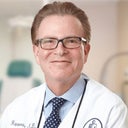Thank you for your question. You are 23-years-old, and asking if protein shakes, protein-rich food, and cardiovascular and resistance training will have an effect on finasteride.

